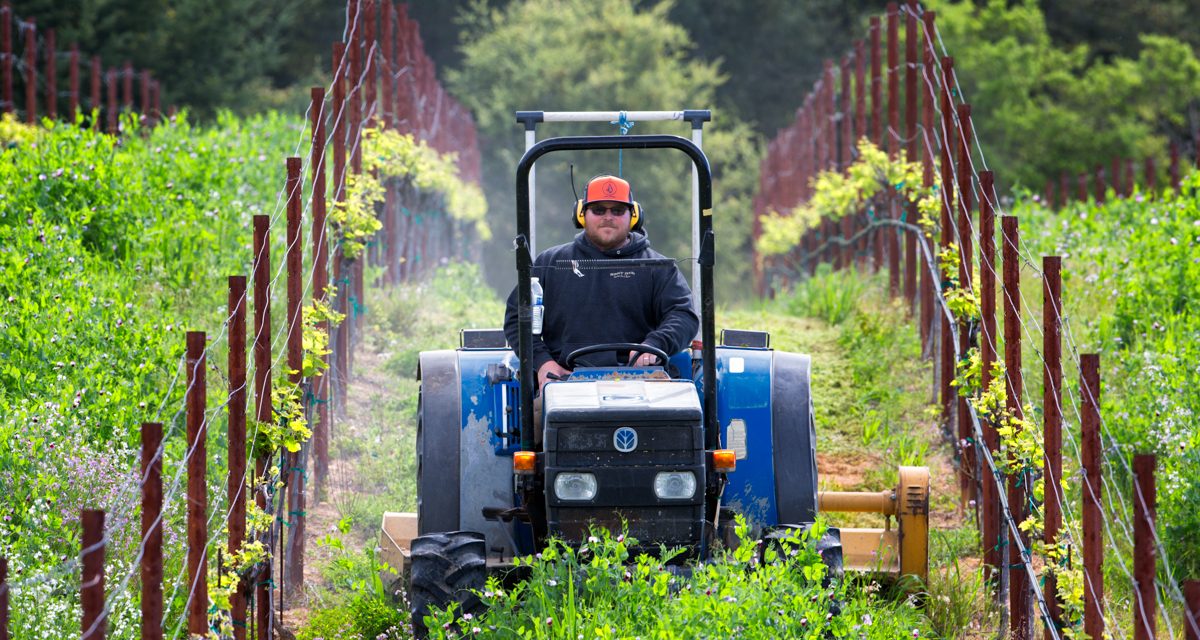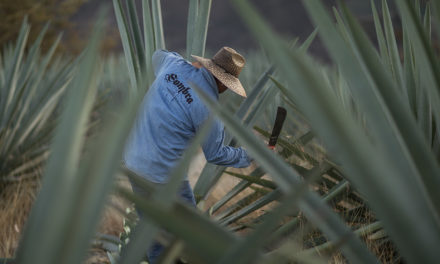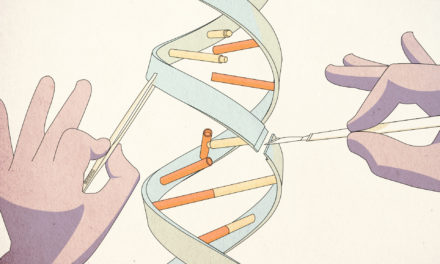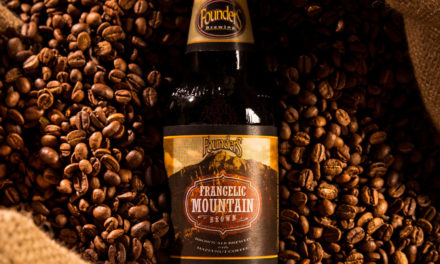Absent a significant change in the agricultural labor supply, which isn’t likely by any stretch of the imagination, mechanization is the future of grape farming.
Hand-in-hand with the growing adoption of mechanical harvesting for winegrapes (see “Rise of the Machines”) is the increasing popularity of using machines for many other rote things humans used to do in the vineyards, such as pruning, de-leafing, hedging, weeding, and suckering. A godsend to larger vineyard owners has been the advent of multifunction machines that can spray for mildew and other pests, cultivate, pre-prune, hedge, weed, and de-leaf—activities that usually need to be done in a big hurry as the vine life cycle plays out each season.
Vineyard Manager Andy Mitchell of Hahn Family Wines in California uses four Pellenc multifunctional over-the-row tractors, which means in addition to harvesting, they can also spray, pre-prune, cultivate, and even spread compost (with the appropriate attachments).
Pre-pruning saves a ton of time by getting rid off all the dead canes so a crew can come in and get the more precise hand pruning done in half the time; hedging reduces the amount of foliage the vine is throwing resource at, so it can concentrate on putting energy to the fruit; while de-leafing opens the canopy up so the ripening clusters can obtain additional sunlight and increased airflow, which helps reduce mildew pressure.
Jason Smith of Paraiso Vineyards started using mechanical leaf pullers six years ago and now swears by them. A severe labor shortage in 2016, just when the canopies needing de-leafing, resulted in a costly mildew problem, so the central California winery purchased two more Pellenc leafers in 2016 and now runs six total.
De-leafers work either by vacuuming the leaves from the fruit zone and then cutting them, or by shattering the leaves and blowing them away. The machines can be adjusted for more or less leaf removal depending on row orientation and how much sun exposure is desired.
Smith estimates it costs $150 to $200 per acre to de-leaf manually, compared to $20 to $30 per acre by machine. Even if he has to take two passes with the de-leafer, he’s ahead of the game.
Smith credits Australia’s extreme labor shortages for pioneering much of the vineyard mechanization technology in use today. “They had no choice but to figure out how to mechanize routine vineyard tasks,” he says.
One of the industry’s most storied names, Beckstoffer Vineyards, owns and farms 3,600 acres in Northern California’s top wine producing regions, including Napa, Lake, and Mendocino counties. Manager Dave Mitchell says all the company’s Lake and Mendocino county vineyards use de-leafing machinery.
The next thing he’d like to automate is wire adjustment, which must be done every season as the shoots grow out. “Historically, there were no wires,” he muses. “Everything was simply head-trained. Then, trellising was introduced as a way to support more fruit and provide more sunlight to the crop.”
Today, most of California’s vineyards depend on wires, and Mitchell thinks robotics might be the best bet for mechanically adjusting trellising wires.
Ryan Beauregard of Beauregard Vineyards in California’s Santa Cruz Mountains is a big fan of mechanical weeding and de-leafing. He uses equipment from Clemens and is awaiting delivery of a hedger.
Of the mechanical de-leafer he says, “I think it’s about 15 man hours to leaf an acre. The machine will do that in one hour—and it does a better job. It pays for itself after the first 70 acres of use. So, one year to payback for us.”
And there are environmental paybacks, too. Using the mechanical weeder for under vine cultivation has completely eliminated the property’s use of Roundup. This, Beauregard says, is priceless.











